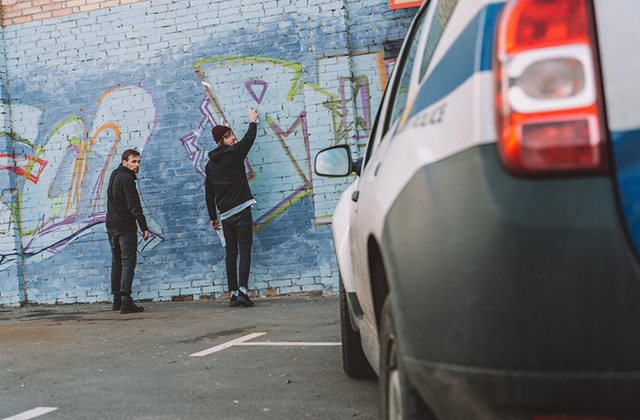How to Work on Your Balance and Improve Your Surfing

1. Commit to balance your training and your surf events season. This is crucial. Only when you commit and consistently take action can you improve. You will need a reason to commit – most of you want to catch more waves, or surf contests, or win events right? So make that your reason. Once you have a good solid reason, write it down. This is important, write it down, in the dirt, on the beach, in your journal, where ever, just get your reason out of your head and in print.
2. Grab your board. Surfing is obviously the best functional exercise for surfers, but what about pre season or when there are no waves? What about seasonal surf spots that only get swell at certain times of the year. Grab your board anyway. Go for a paddle at least once per week. It doesn’t have to be a long drawn out paddle, 15 – 20 minutes is ample, just enough to stimulate the muscle fibers and motor firing patterns associated with surfing. Dawn or sunset paddles are the way to go. Try to get in 2 – 3 paddles per week focusing on your paddling technique and stroke volume.
3. Stretch More. Muscles shorten and pull the body out of balance and the best way to restore equilibrium and energy channels is to lengthen areas in the body that require stretching. Flexibility is a massive component of fitness that is hugely rewarding and often undervalued. As a surfer the ability to twist, turn, flex, rotate bend and balance will keep you in the top 10. Kelly Slater is among the most flexible surfers in the world – sure helps him. Please note that not all stretching is going to be optimal for you, not all yoga poses will be good for you, although Sun Salutations are brilliant for most people in the morning, so work with a pro to balance your body.
4. Get stronger. Physically and mentally. The two can be trained together with weights or your body weight, however in order to generate power required later in the season, specific movements with weights will increase your strength faster and more effectively. You do not need heavy weights just enough to stimulate and recruit both slow and fast twitch muscle fibers. By performing strengthening exercises that challenge the nervous system and neurological pathways similar (but not the same) to surfing you will get more for your buck. I recommend wobble boards, Swiss balls, Skipping, Single and Multiple Plane / Joint Movements, Indo Board, Unstable surfaces etc Contact me at the board better link below if you have questions, I’m here to help.
5. Take one day only per week to do a longer run, bike, swim or paddle. (especially if your surfing a lot) Doing too much can lead to over use injuries and/or a drop in energy during the season rather than an increase. Start slow and keep your heart rate low. Those learning how to surf will notice that balancing on the board is sometimes hard enough so just paddling is the way to go. Pro’s and contest surfers on the other hand will benefit most from their longer session involving a combination of swim, paddle and beach work to balance both Mind and Body without over using the specific muscles dominated while surfing or competing.
6. Cross Performance train with a pro trainer. This will entail strengthening the body in dynamic environments and using skateboards, long boards, swim techniques, bowls, tramps, medicine balls and perhaps even snow boards if you live in the right area. Another good idea is to jump on a skateboard and let rip for a few hours.
7. Breathe better- lacking oxygen pretty much sucks! We are all going to get held down, rolled and caught on the inside. Learning to breathe correctly can massively help with energy, vitality and the ability to surf longer. Incorporate DEEP breathing techniques into your balancing routine to and use them before you surf, in the surf and in your life. A balanced life is smooth and strong, I have found Chi Gong, Tai Chi, Pilates, Yoga all teach ‘same same but different’ methods and have helped many clients improve competition, performance and life in general.
8. Give up smoking and eating crap junk foods. Your heart and lungs are a major part of your surfing lifestyle and the chemicals kill cells in your body and pollute our earth. The last thing you need is to go light headed and lose all your balance and your life. I work with a lot of people who smoke or are addicted to man made foods and I know it is tough, yet I encourage you to go clean and get your power back. Occy did and got the World Title.
Balance your life and surf better, I look forward to hearing from you.
Hayden Rhodes has coached professional and amateur athletes improve their sport performance and personal lives through balanced, scientific and holistic living principles. He is the performance coach and trainer for touring rock band PLACEBO and works with athletes who board the world.
Follow his site Board Better http://BoardBetter.blogspot.com to learn how you can use the best techniques professionals use to surf stronger, faster for longer. Follow Hayden on Twitter at BoardBetter. For Private seminars or coaching please visit
Please leave your comments below.
THANK YOU,
Hayden Rhodes
Article Source: https://EzineArticles.com/expert/Hayden_Rhodes/1006429
Article Source: http://EzineArticles.com/6231229



